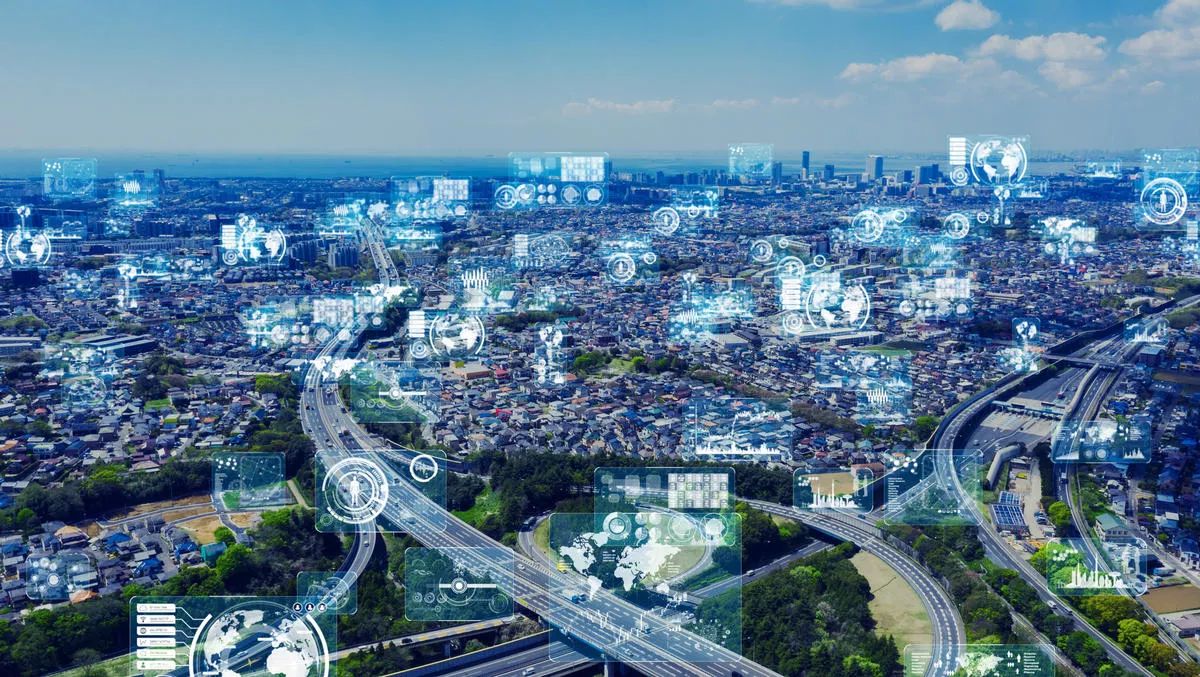
Advanced materials for smart cities valued as $400bn market
New materials are the biggest enabler for smart cities, which are becoming increasingly ambitious.
According to a new IDTechEx report titled 'Smart Cities Emerging Materials Markets 2021-2041', information and computer technology is now secondary to new materials, which are valued as a $400 billion market.
New materials make smart cities possible
The IDTechEx multilingual, PhD level analysts have identified more than 50 gaps in the market for smart city materials, many of which are capable of creating billion-dollar businesses.
Examples include photovoltaic paint that is non-toxic, unlike the three routes being pursued today, solar roads, wave power, self-healing vehicle bodywork making and storing electricity, solid-state LIDAR and lithium-metal batteries.
Such materials make smart cities possible, the researchers state. For instance, more than 200 companies have developed vertical takeoff city air taxis, but their autonomy systems are too expensive and their batteries are inadequate, making them fall out of the sky in only one hour or so.
The report also highlights certain examples of smart cities, including the $0.5 trillion NEOM smart city being reclaimed from the Saudi desert and the $0.1 trillion Forest City being reclaimed from the Malaysian sea.
According to the researchers, they will gain energy, food and water independence, zero emissions, resilience and verdant, affordable, delightful living from next-generation materials and good design.
In fact, Forest City names smart materials as pivotal.
A significant opportunity
IDTechEx CEO Raghu Das says, "Multifunctional infrastructure, equipment, and materials are making possible independence in city energy, food, and water with zero-emissions, greater security and empowerment of the disadvantaged with free travel, electricity "too cheap to meter".
"Welcome the wooden high-rise building but also the 3D printing of buildings using mud, trash, or green concrete. 3DP vehicles arrive, such as the Olli robot shuttle replacing ten existing vehicle types. 3D parts even use metals, inorganics, and composites, even creating 3D printed electronics nowadays.
Das says, "Smart cities will widely deploy multifunctional composites, structural electronics, smart glass, flexible glass and transparent electronic-electric plastic such as headlamp RadarGlass.
"A smart window can have a large microLED display, darken when the sun shines, saving air conditioning, heat insulate and make electricity at the same time.
"Bear in mind that residential and commercial buildings currently use 74% of all electricity and 39% of all energy in the United States, most of that for heating and cooling. That could be zero.
The impact on the environment
New materials also have the potential to be more sustainable and environmentally-friendly, the researchers state.
For instance, green concrete, newly possible recycling (wind turbine blades, fluoropolymers, batteries) collapse the 16% of global warming caused by regular concrete and steel. Partly, this is because they eliminate massive tidal barrages, power stations, hydro dams outside cities, and toxigens, the report states.
Furthermore, a $35 billion market is ahead for the varied materials providing ubiquitous photovoltaic power that silicon cannot serve.
This includes flexible organics, membranes, bioplastics, advanced polymers, thermal interface materials, thermal insulation, 2D and 3D molecules, graphene, CNT, materials for 5G, 6G, and THz electronics.
For example, lightweight flexible copper indium gallium diselenide facades are already a multi-billion dollar business, with ones eliminating the tiny amount of cadmium yet gaining best silicon-level efficiency are on the way.
However, the roof may justify sun-tracking multi-junction lll-V compounds twice the amount of electricity per unit of area.
A billion-dollar, opportunity-rich market
Das says, "Of the trillions of dollars being spent on smart cities, the advanced materials part is rising to hundreds of billions yearly over the next twenty years.
"Newly multipurpose buildings make food and surplus energy, eventually with no service infrastructure to them because they treat sewage, for example, and are otherwise independent.


